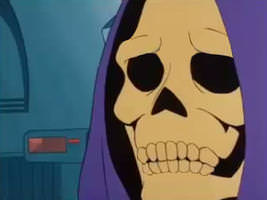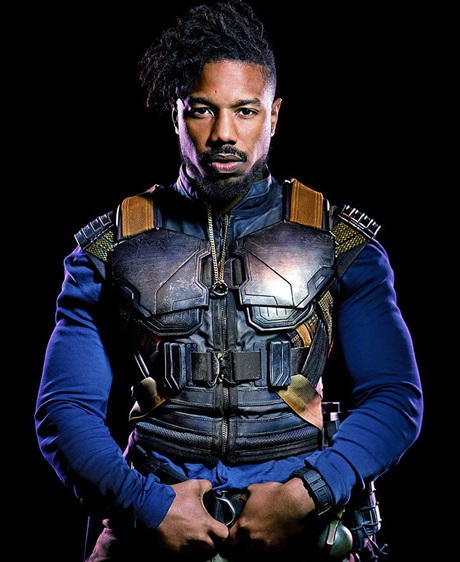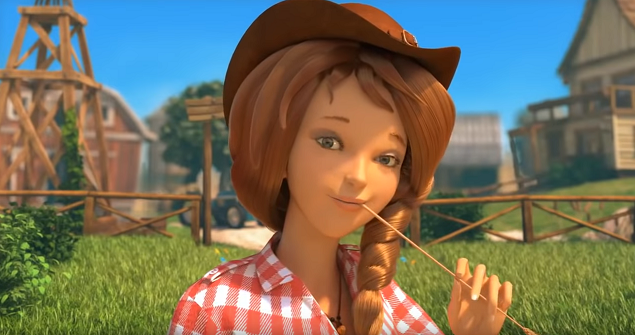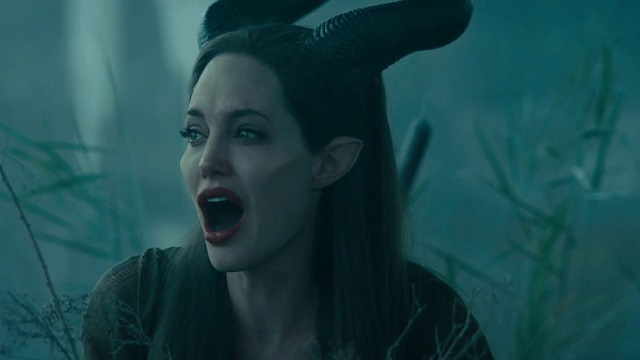There are plenty of things that can make a villain memorable: powers, style, a fantastic costume, or winning personality. But one of the things that makes them stand out is writing a villain that’s real, one that the GM and players can relate to. In order to achieve that, they need to have good motivations.
Lets narrow down how this applies to different types of villains. I’ll use the categories from my last blog to explain.
Prime Evil villains are super evil, that’s their motivation, right? Nope! That’s just the type of villain they are, but what do they want to do? “Destroy all humanity” might seem good enough, but when you tweak that to “Destroy all humanity because they are a plague on existence,” then you really have something. You’ve added a point of view to the villain that helps you figure out their strategies and next steps. It also helps the GM understand how to role-play this villain. The grave knight might hate the living, but why? Perhaps it because they waste their life with trivialities or spend too much of it torturing each other and causing suffering. The grave knight wants to end their suffering and bring about the cold peace of the grave. Think about how to give just a bit more complexity to your villains motivations to make them really stand out.
 Mustache Twirling villains often want boring things like “world domination” or “a lot of money.” Again, go deeper. Perhaps they want to rule the world to put and end to war. Perhaps a world of total law and control is a world where everyone is “safe.” Maybe having vast wealth would ensure their survival if they grew up barely able to afford to survive. If you can answer the question of why for your GM, then the villain becomes that much more interesting.
Mustache Twirling villains often want boring things like “world domination” or “a lot of money.” Again, go deeper. Perhaps they want to rule the world to put and end to war. Perhaps a world of total law and control is a world where everyone is “safe.” Maybe having vast wealth would ensure their survival if they grew up barely able to afford to survive. If you can answer the question of why for your GM, then the villain becomes that much more interesting.
The Beast is difficult… at first glance. If you’re dealing with a monstrous creature as your antagonist, consider why they’re a problem all of a sudden. Did someone let the mindless creature out of a cave? Is something encroaching on the magical beast’s hunting grounds? Maybe the monster is a creation of a local magician (a wizard did it) and got loose. What changed in the world that let this creature suddenly become a threat? Now we have an interesting plot!
Misguided and Anti-Hero villains give you the most room to flesh out their motivations and back-story. Rather than just asking a few simple questions to turn a forgettable villain into one that can make an adventure shine, these types give you ammunition to make your GM and players think about the world in a different way. What makes good people turn bad? When will they have had enough altruism and decide to reverse and go totally selfish?
 When crafting these antagonists, I like to burn their plot at both ends. I’ll usually take a look at where they started and where they end up when the players discover them. Then I take a look at this trajectory and figure out all the in-between bits. How did the simple farmer become a zealot leader of a cult of assassins? Well, at some point the farmer must have decided that it’s ok to murder people, so how did that happen? Maybe they were trying to get vengeance for something and failed, eventually hiring someone they thought would fix the problem except that person turned out to be an assassin. So now they have guilt on their hands for getting someone murdered and they feel they need to make it right by taking out the assassin. Or the authorities are going to figure out that they hired the assassin, making their guilt worse. To fix it, they decide to take the assassin out of the picture. The assassin is a murderer, right? Then it’s ok to kill them. Sure, that’s morally gray enough. Ok, lets chart this out:
When crafting these antagonists, I like to burn their plot at both ends. I’ll usually take a look at where they started and where they end up when the players discover them. Then I take a look at this trajectory and figure out all the in-between bits. How did the simple farmer become a zealot leader of a cult of assassins? Well, at some point the farmer must have decided that it’s ok to murder people, so how did that happen? Maybe they were trying to get vengeance for something and failed, eventually hiring someone they thought would fix the problem except that person turned out to be an assassin. So now they have guilt on their hands for getting someone murdered and they feel they need to make it right by taking out the assassin. Or the authorities are going to figure out that they hired the assassin, making their guilt worse. To fix it, they decide to take the assassin out of the picture. The assassin is a murderer, right? Then it’s ok to kill them. Sure, that’s morally gray enough. Ok, lets chart this out:
- Farmer’s dog is murdered by someone, but she doesn’t know who did it.
- She tries to track down the person, but she’s terrible at it.
- Farmer hired a shady looking man to track down the person.
- He does and brings the farmer to her barn to confront the culprit.
- The culprit is a local kid who’s a bit of a jerk and has pretty bad tendencies, like killing animals. Not a nice kid.
- The shady man hands the farmer a dagger to finish off the bad kid. The farmer refuses.
- Shady man kills bad kid, but it looks like the farmer did it.
- Farmer decides to even the karmic scales by killing the shady man. She is not good at this.
- She tries harder and eventually gets decent at it. She succeeds.
- She’s still not great. Now the guards know. One of them catches her and asks for a bribe.
- She realizes two things: she can kill the guard and still get away with her first murder, and that even people you think are good an be bad.
- This starts to desensitize her to murder. She starts killing people for money, but only if they’re bad people who deserve it.
- Eventually she gets a reputation and starts to get all sorts of well paying jobs. She’s a master assassin, and darn right wealthy.
 Now we can create a fun assassin who has a few ranks in Profession (farmer) and is Lawful Evil. Sure, she’s a murderer for hire, but only bad people. Or at least people she perceives as bad. And it was totally justified. They killed her DOG!
Now we can create a fun assassin who has a few ranks in Profession (farmer) and is Lawful Evil. Sure, she’s a murderer for hire, but only bad people. Or at least people she perceives as bad. And it was totally justified. They killed her DOG!
“But Vanessa, that motivation and back-story took a lot of work.”
Yes, yes it did. But you’ll have such a fantastic villain who likes to taunt the PCs while chewing on a piece of straw, knows how to hide in a corn field, and is proficient with a scythe.
So go, give your villains some fantastic backstory and make them the most interesting villain in the world.





